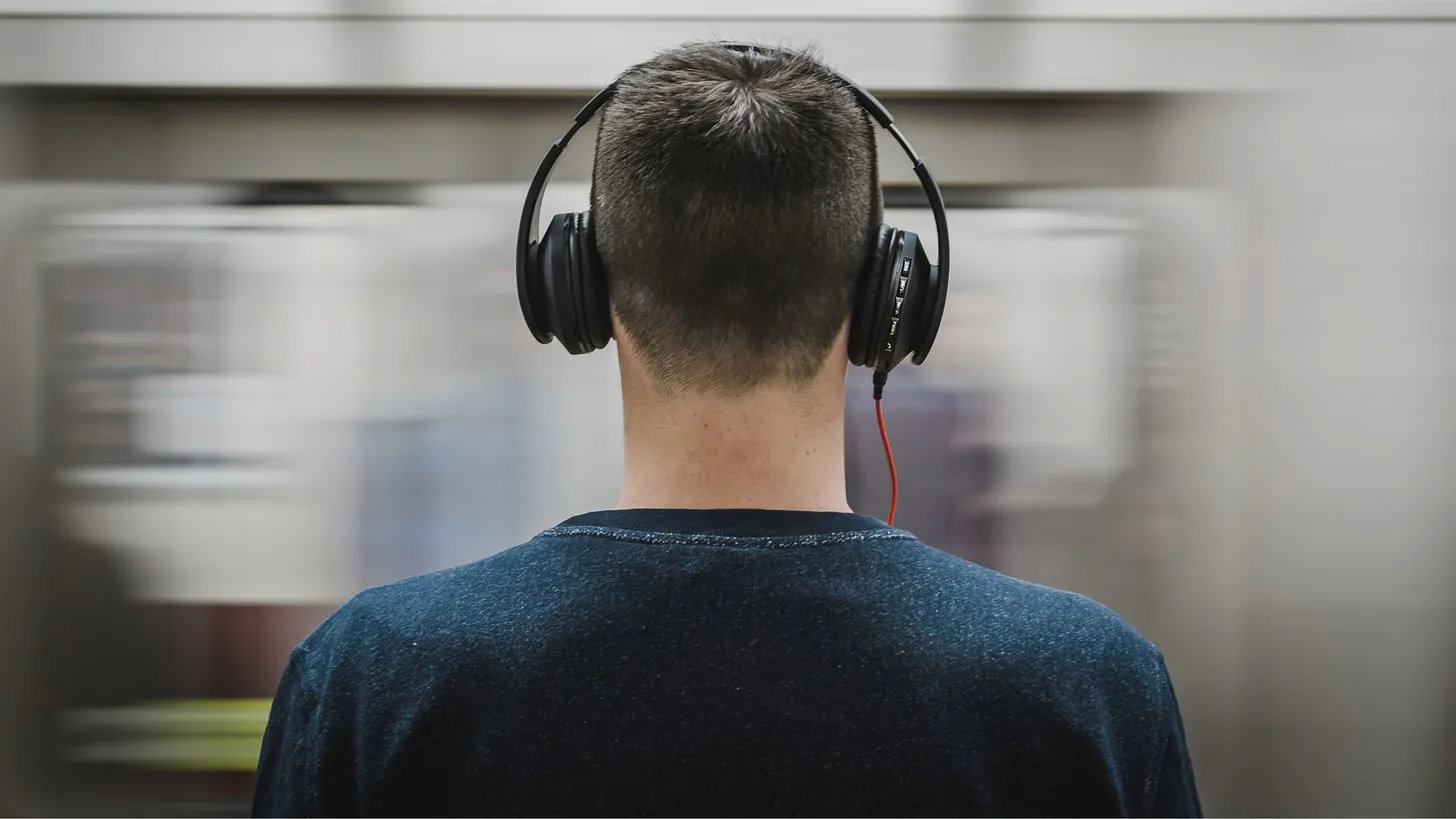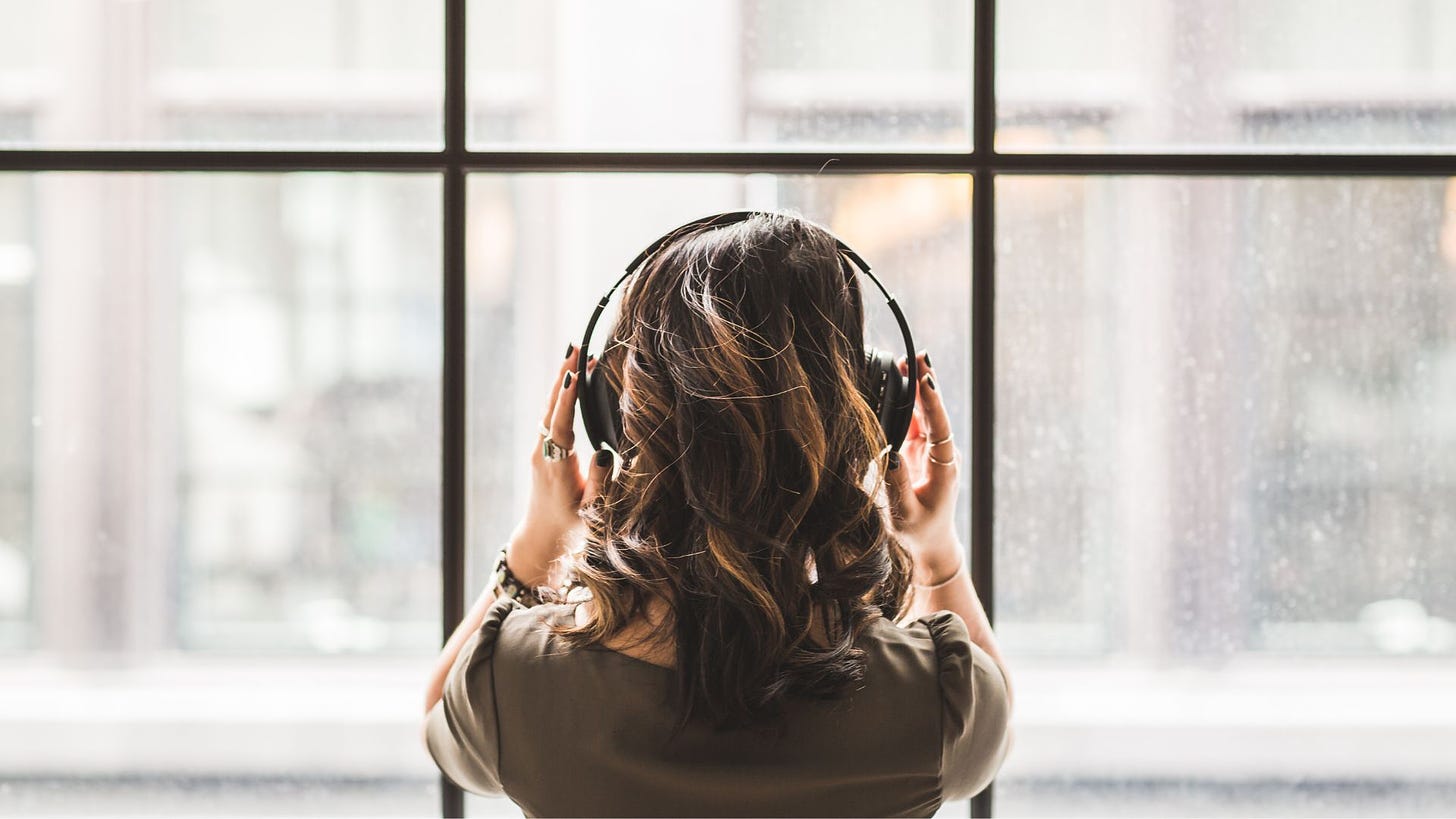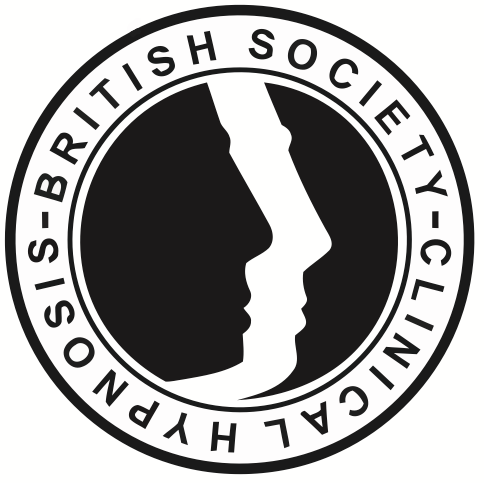
Self-hypnosis involves using relaxation methods and visualisation to enter a hypnotic state, bridging the gap between the conscious and subconscious minds, effectively treating a wide range of conditions like stress, insomnia, depression and addictions to name just a few, as well as helping manage pain, promote healing, break bad habits and overcome trauma.
In a hypnotic (theta brainwave) state, new pathways in the brain can be formed, allowing you to uncover root causes of issues that maybe holding you back and rewrite your current narrative.
How do I start?
Entering a state of hypnosis is virtually effortless with the help of guided hypnosis audios.
1. Prepare and Set the Environment
Find a Quiet Space: Choose a place where you won’t be disturbed. It should be comfortable and quiet, free of distractions like your phone, bright lights, or too much background noise.
Get Comfortable: Sit or lie down in a comfortable position. Your body should be fully supported so you can relax completely.
Use Headphones (highly recommended): For a more immersive experience, headphones can block out external noise and enhance focus on the positive suggestions given to you during your audio session.
2. Choose the Right Audio

Select a Self-Hypnosis Audio: You can find a collection of my professionally recorded self-hypnosis audios here:
https://gailmarrahypnotherapy.com/hypnoshop/
Make sure the audio matches your goals (e.g., weight loss, stress relief, fertility).
The audio tracks in this collection are accompanied by binaural beat tones. Binaural beats are a perception of sound created by the brain. When you listen to two tones, each at a different frequency and each in a different ear, your brain creates an additional tone, a third tone. This third tone is called a binaural beat.
This gentle, consistent beat played throughout each hypnotherapy session, will help guide you into a trance-like state, otherwise known as Theta brainwave. The perfect brainwave state for hypnosis!
3. Relaxation Phase
Play the Audio and Relax: Once you begin listening to the audio, you can close your eyes and focus on the voice.
Breathwork: Your audio will start with breathwork, slow, deep breaths in through your nose and out through your mouth. You’ll soon feel your body becoming more relaxed with each breath.
Listen to the Voice: When you notice your mind wander (which is will) gently bring your awareness back to the voice or back to your breath.
4. Deepening the Hypnotic State
Visualisation: Self-hypnosis audios use guided imagery. Positive suggestions are made to your subconscious mind to imagine a calming scene, like being near the ocean or walking through a beautiful forest.
Counting Down: Your audio may ask you to count down from 10 or 20, telling you that with each number, you are drifting deeper into relaxation and the tranquil state of hypnosis.
Notice any Suggestions: As you go deeper, your audio will begin offering positive affirmations or suggestions relevant to your goals, such as:
“You feel confident and at peace.”
“You are open to change.”
“Each day, you feel more in control.”
5. Entering the Hypnotic Trance
Allow Yourself to Drift: As you focus on the voice, your mind will naturally become more relaxed and open to positive suggestion to reach your specific goal. You might feel your body becoming heavier, your limbs numb or warm, or your mind drifting into a light sleep-like state (this is perfectly normal).
Stay Present with the Audio: Even though you may feel detached from your surroundings, keep listening to the voice. Let it guide you deeper into a peaceful trance-like state.
6. Reinforcing Positive Suggestions
Embedding Suggestions: During this phase, the audio will reinforce the suggestions related to your goals, like “You are free from stress” or “You are confident in achieving your goals.” Etc.
Repeat Affirmations: In some cases, you can silently repeat suggested affirmations to yourself to deepen their impact.
7. Ending the Hypnosis
Return to Wakefulness: Toward the end of the audio, the voice will guide you back to an alert state or, it may guide you back to a peaceful night’s sleep, whichever you’ve chosen.
Self-Reflection: After your session, you might choose to reflect on how you feel and reinforce any positive suggestions that were made.
Tips for Effective Self-Hypnosis with Audios:
Consistency: Regular practice will enhance your ability to enter hypnosis quickly and more deeply.
Set an Intention: Before you begin, think about what you want to achieve from the session.
Stay Open: Keep an open mind and avoid overthinking. Let the suggestions flow naturally.
With these steps, you can easily use self-hypnosis audios to enter a state of hypnosis, guiding you toward relaxation and personal growth.








